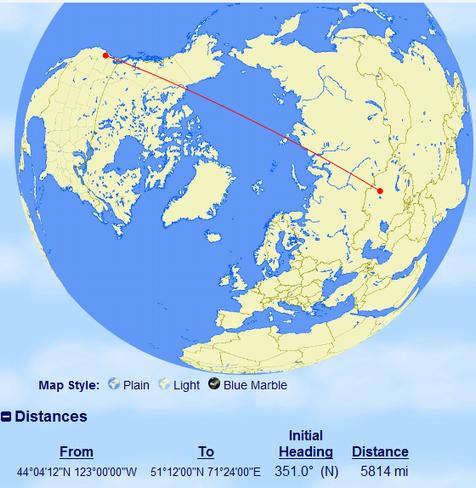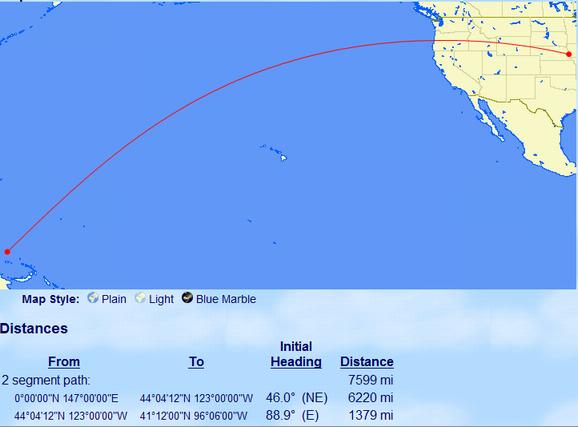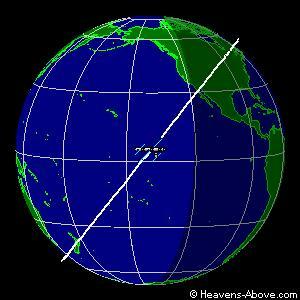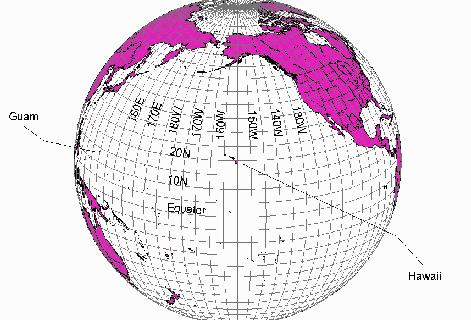
 Everything on the Western shores of the Pacific (North of the Equator) has an EASTERN longitude!
Everything on the Western shores of the Pacific (North of the Equator) has an EASTERN longitude!


|
Comments on anything at this website? Please go to the COMMENTS page using the link further down this page. After submitting your comment there, find and click on the link on that page which enables you to return to the main page. |